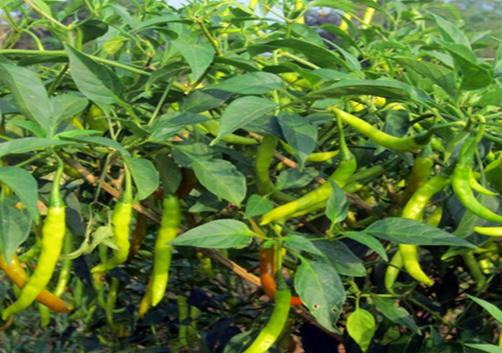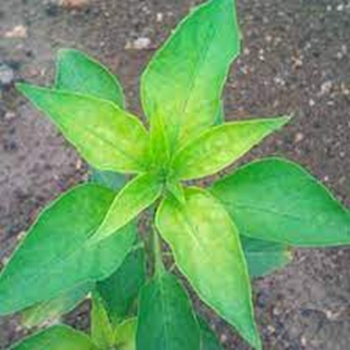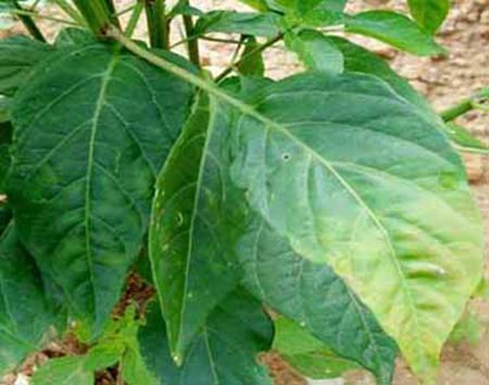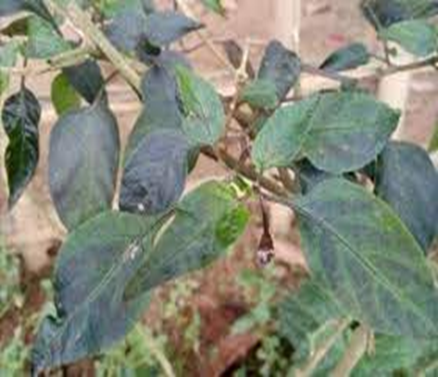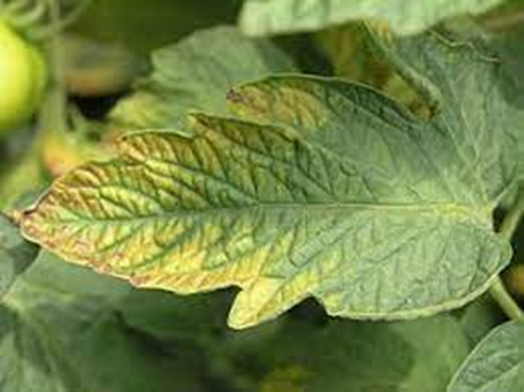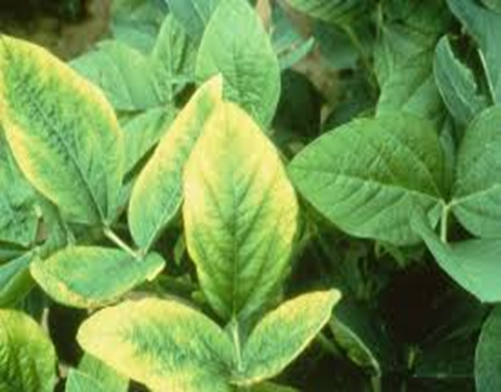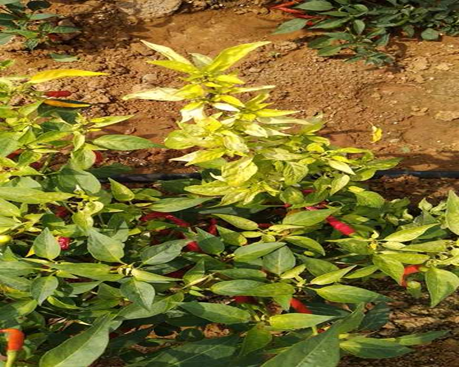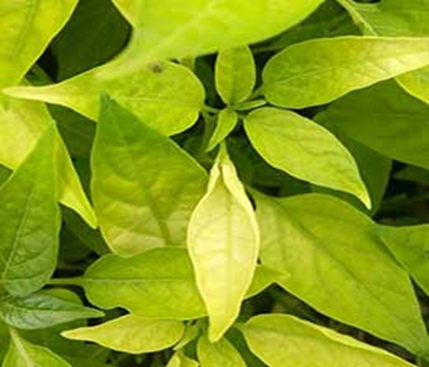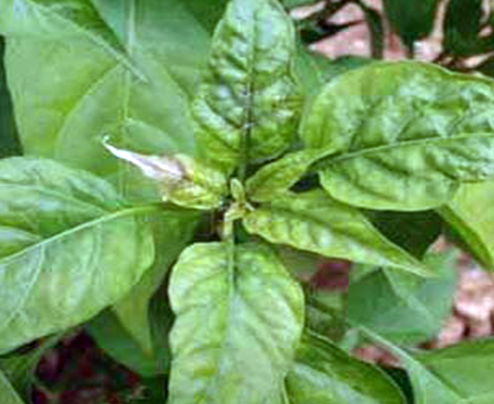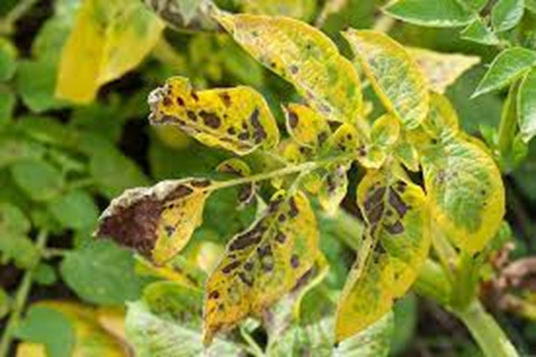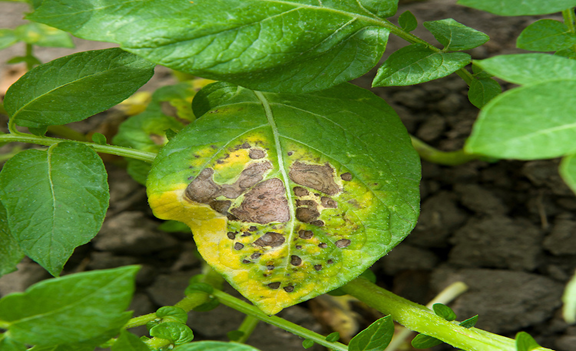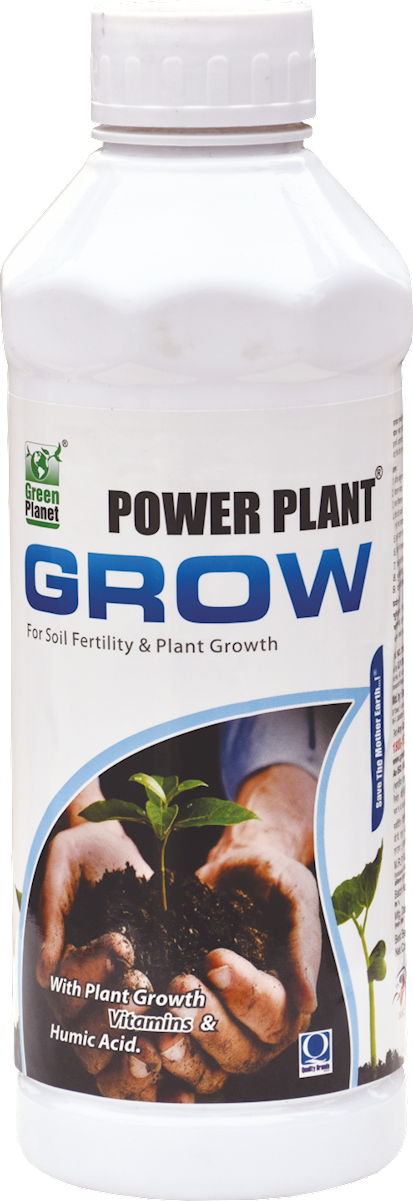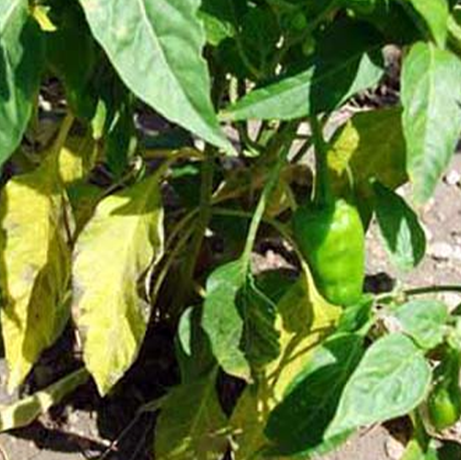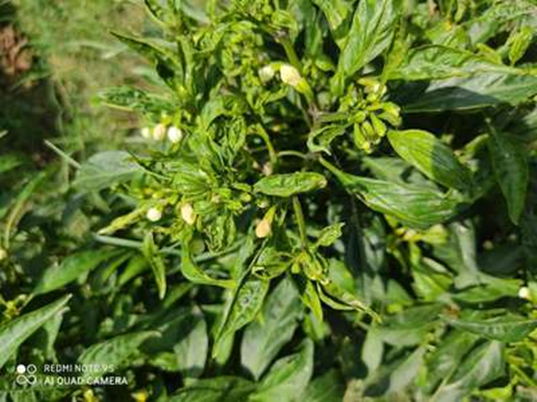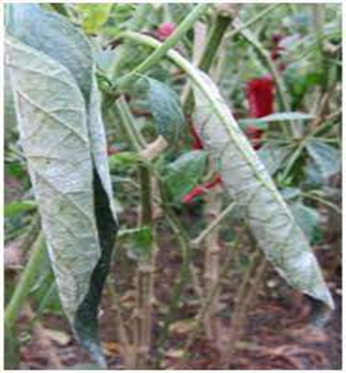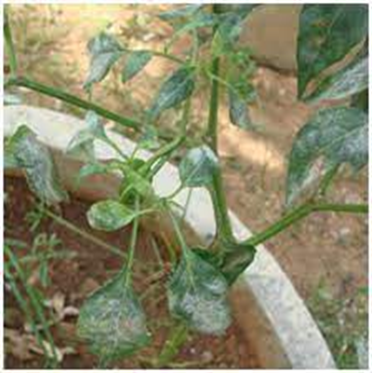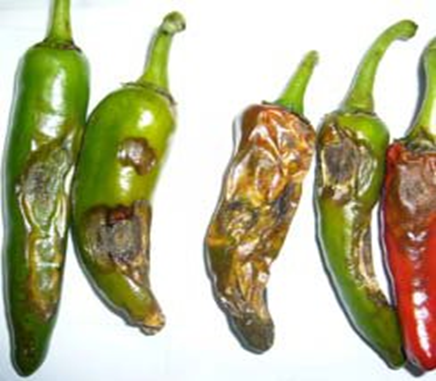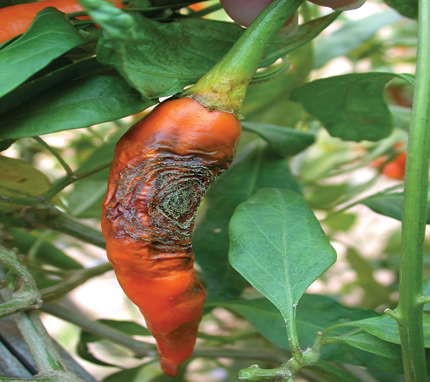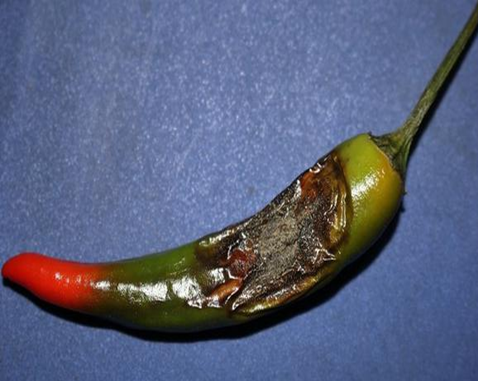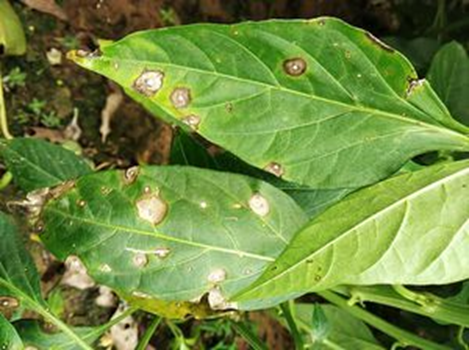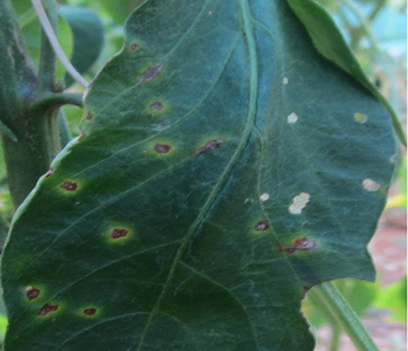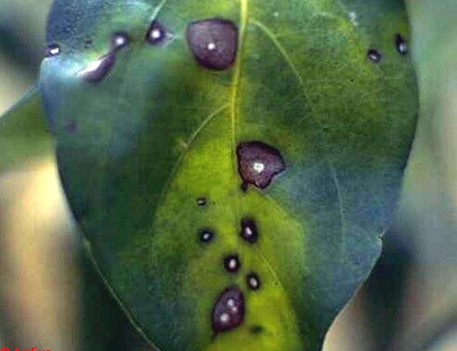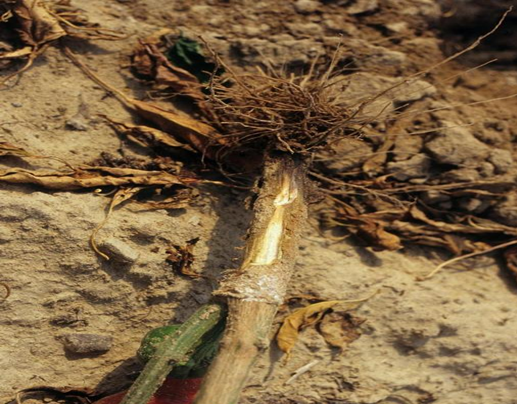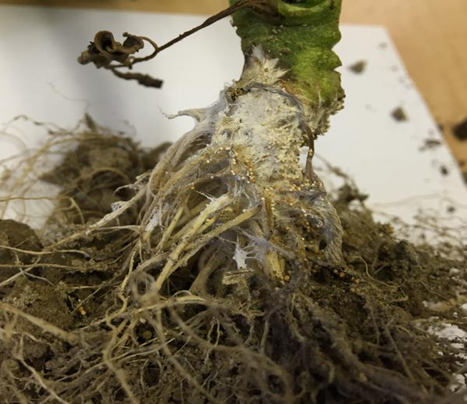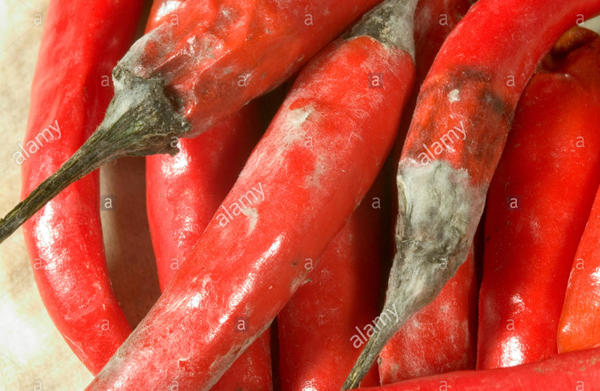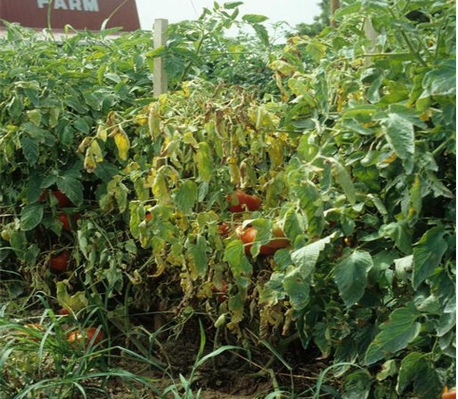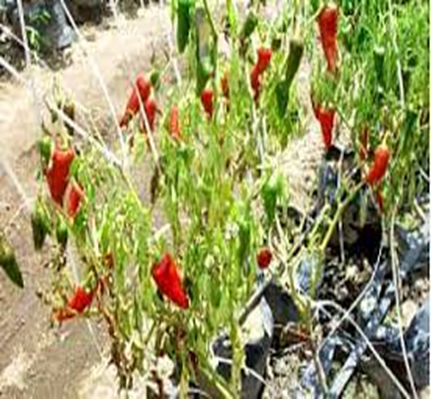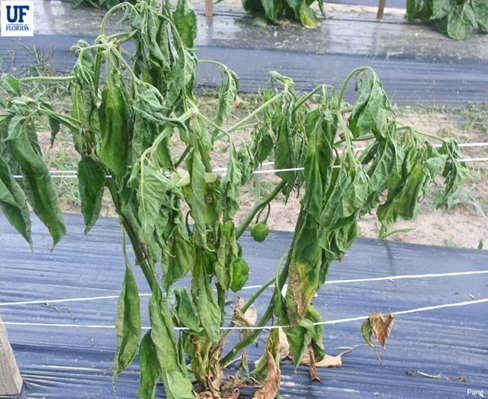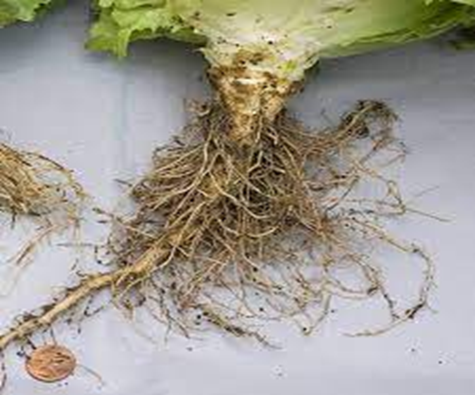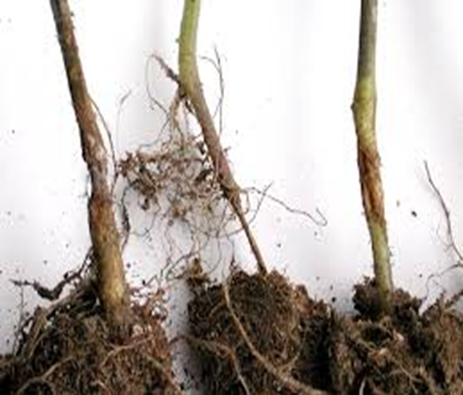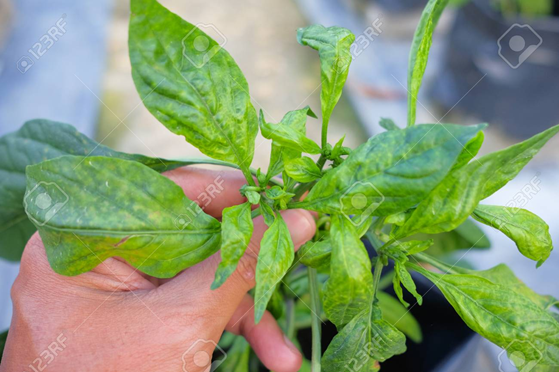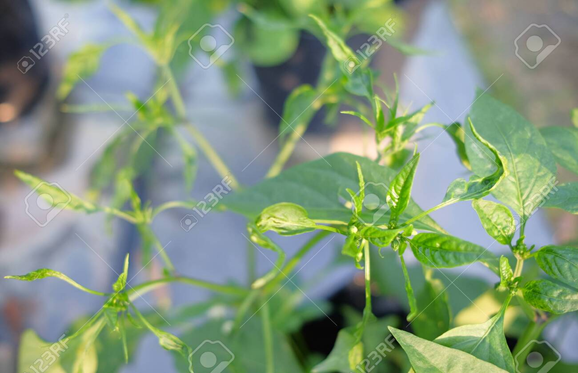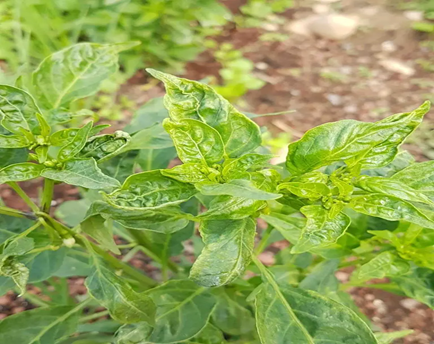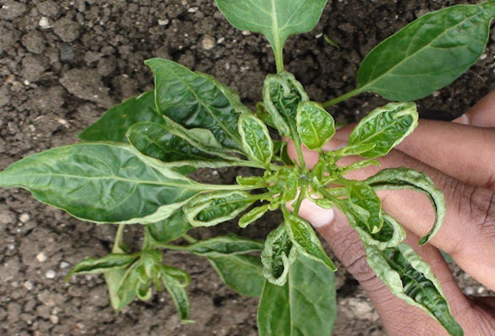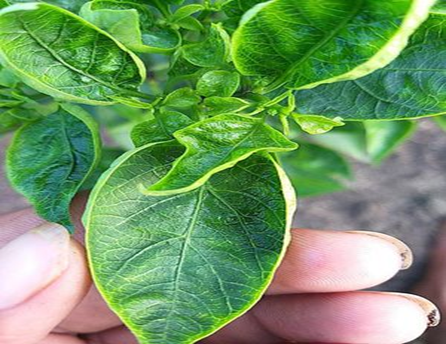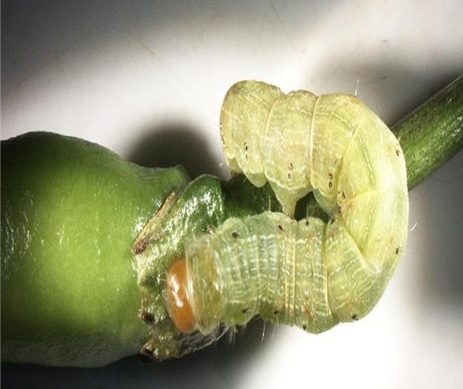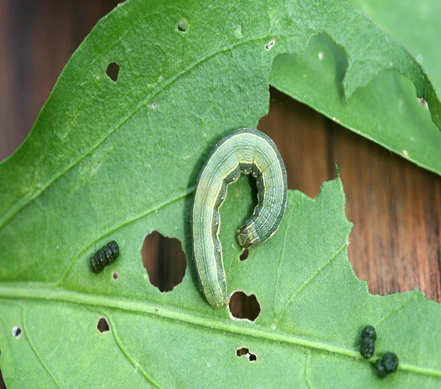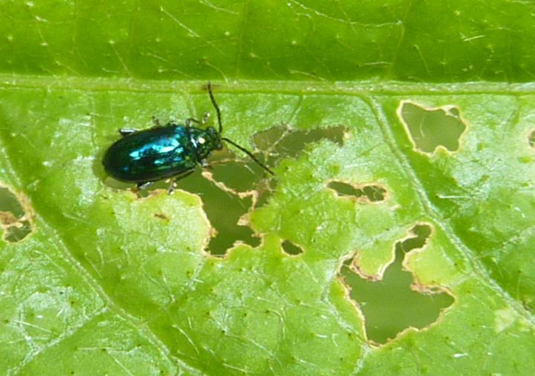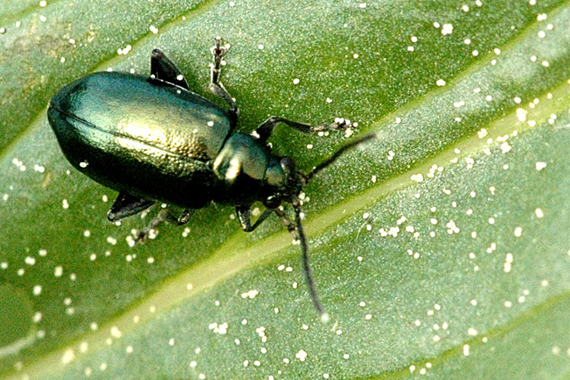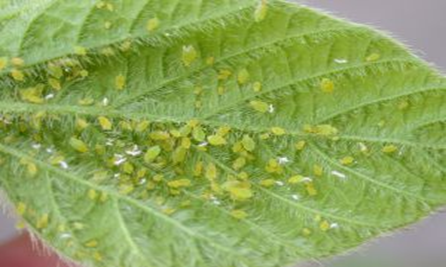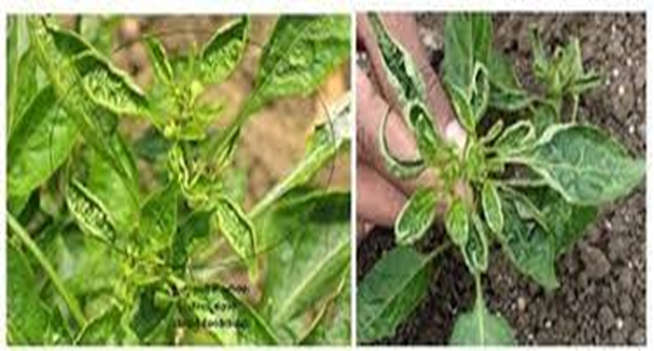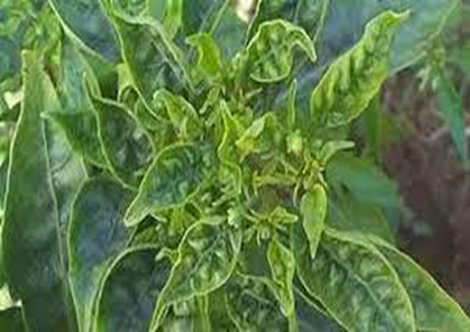
- Chilli is a highly prized crop in India.
- The crop is mostly grown in India for its fruits. In India, it's a key ingredient in a variety of curries and chutneys.
- It's used to make vegetables, spices, condiments, sauces, and pickles.
- Curry powder is made from dried chilies.
- It is considered India's most valuable crop. India, China, Pakistan, Indonesia, and Korea are major chili producers.
SOIL- Loam, clay loam and loamy soils
TEMPERATURE- 20-25°C
pH- 5.5 to 7
RAINFALL- 25-30 inches.
SUSCEPTIBILITY- Chilli leaf curl virus
- It cannot handle excessive moisture, only water it when absolutely necessary.
- Irrigation that is too heavy results in lanky vegetative growth and flower drop.
- The number of irrigations and the interval between them are determined by the soil and meteorological conditions.
- If a plant's show starts to fade around 4 p.m., it's a sign that it needs to be watered.
- Water requirements are most crucial during flowering and fruit development.
- Water stagnation in the nursery and field should be avoided since it promotes fungal infection.
- Chili seeds are used to reproduce the plant.
- Seeds of high-yielding varieties with pest and disease tolerance can be utilized to raise nurseries.
- They should be carefully chosen from certified organic farms or from your own organically raised seed plot.
- In the lack of organically generated seeds, chemically untreated seeds from local high producing kinds could be utilized, to begin with.
DEFICIENCY OF NITROGEN
TREATMENT :
|
Use NITROKING 2-3 ml per litre of water |
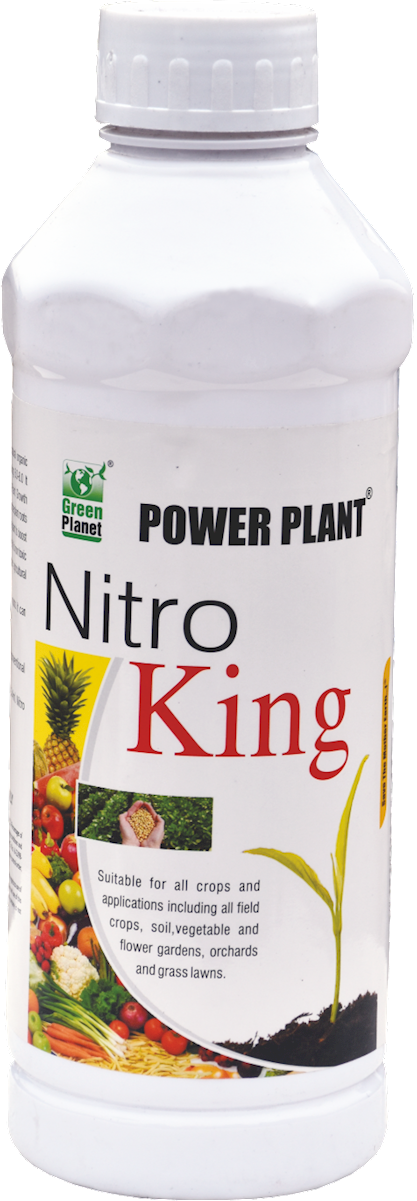 |
|
Use SPALL90 0.5 ml per litre of water |
 |
DEFICIENCY OF IRON
TREATMENT :
|
Use Ferric EDTA 0.5-01 gm per litre of water |
.png) |
|
Use NITROKING 2-3 ml per litre of water |
 |
|
Use SPALL90 0.5ml per litre of water |
 |
TREATMENT :
|
Use Calcium EDTA 0.5 per litre of water |
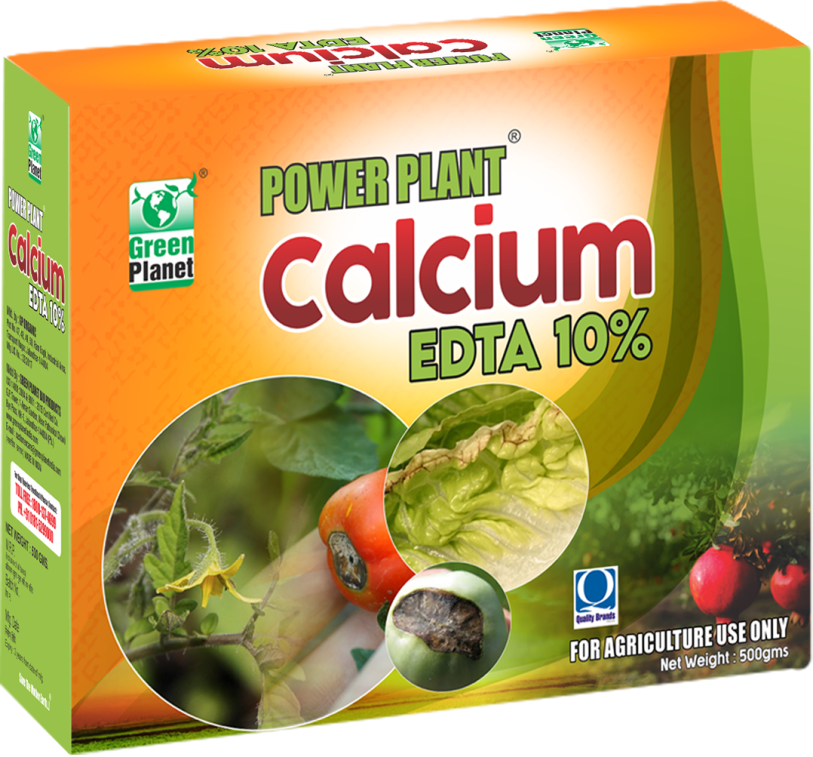 |
|
Use BLOOM 2 ml per litre of water |
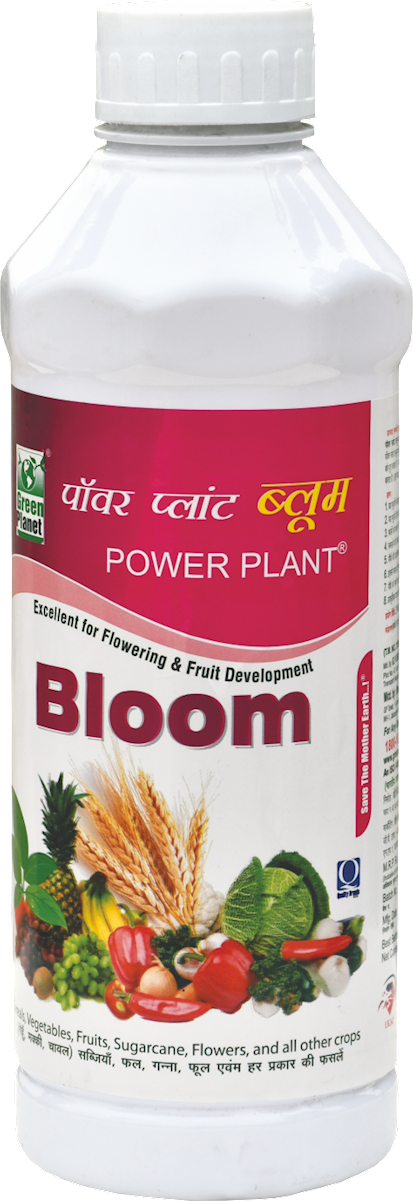 |
|
Use SPALL90 0.5ml per litre of water |
 |
1. FUNGAL DISEASE: CONTACT-BASED FUNGAL DISEASE
1. POWDERY MILDEW
TREATMENT :
|
Use PPFC 2-3 gm per litre of water |
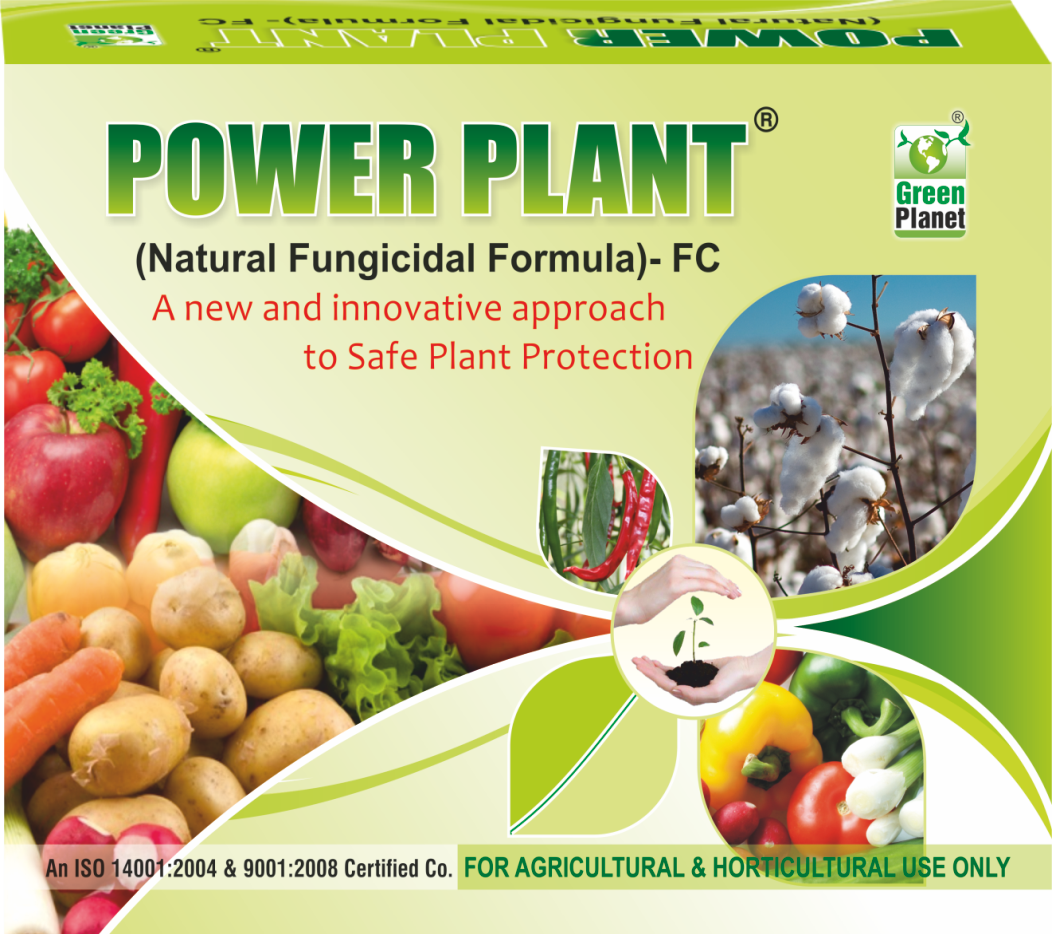 |
|
Use SpAll90 0.5 ml per litre of water |
 |
2. ANTHRACNOSE
TREATMENT :
|
Use PPFC 2-3 gm per litre of water |
 |
|
Use SpAll90 0.5 ml per litre of water |
 |
3. CERCOSPORA LEAF SPOT
TREATMENT :
|
Use PPFC 2-3 gm per litre of water |
 |
|
Use SpAll90 0.5 ml per litre of water |
 |
2. FUNGAL DISEASE: SYSTEMIC-BASED FUNGAL DISEASE
1. SOUTHERN BLIGHT
TREATMENT :
|
Use Fungohit 2-3ml per litre of water |
 |
|
Use SpAll90 0.5 ml per litre of water |
 |
2. FUNGAL DISEASE: SYSTEMIC-BASED FUNGAL DISEASE
2. GREY MOLD
TREATMENT :
|
Use Fungohit 2-3ml per litre of water |
 |
|
Use SpAll90 0.5 ml per litre of water |
 |
2. FUNGAL DISEASE: SYSTEMIC-BASED FUNGAL DISEASE
3. FUSARIUM WILT
TREATMENT :
|
Use Fungohit 2-3ml per litre of water |
 |
|
Use SpAll90 0.5 ml per litre of water |
 |
2. FUNGAL DISEASE: SYSTEMIC-BASED FUNGAL DISEASE
4. ROOT ROT
TREATMENT :
|
Use Fungohit 2-3ml per litre of water |
 |
|
Use SpAll90 0.5 ml per litre of water |
 |
VIRAL DISEASES
1. CHILLI MOSAIC VIRUS
TREATMENT :
|
Use Virohit 2-3 ml per litre of water |
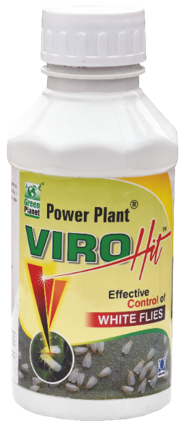 |
|
Use virosol 2-3 ml per litre of water |
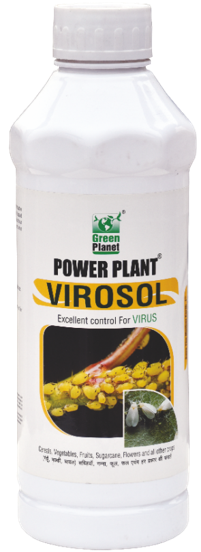 |
|
Use PPNP 1 ml per litre of water |
 |
|
Use SpAll90 0.5 ml per litre of water |
 |
2. CHILLI LEAF CURL VIRUS
TREATMENT :
|
Use Virohit 2-3 ml per litre of water |
 |
|
Use virosol 2-3 ml per litre of water |
 |
|
Use PPNP 1 ml per litre of water |
 |
|
Use SpAll90 0.5 ml per litre of water |
 |
4. PEST : CHEWING PEST
1.CUTWORM
TREATMENT :
|
Use Pestohit 2-3 ml per litre of water |
 |
|
Use PPNP 1 ml per litre of water |
 |
|
Use SpAll90 0.5 ml per litre of water |
 |
4. PEST : CHEWING PEST
2. FLEA BEETLES
TREATMENT :
|
Use Pestohit 2-3 ml per litre of water |
 |
|
Use PPNP 1 ml per litre of water |
 |
|
Use SpAll90 0.5 ml per litre of water |
 |
4. PEST : SUCKING PEST
1. APHID
TREATMENT :
|
Use Orgomite 2-3 ml per litre of water |
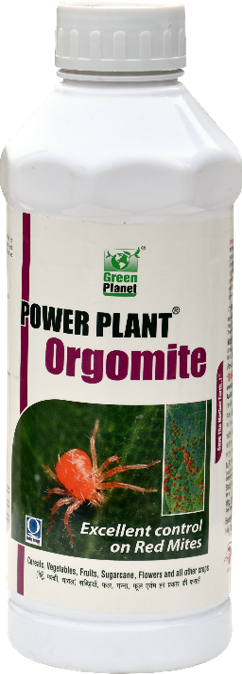 |
|
Use PPNP 1 ml per litre of water |
 |
|
Use SpAll90 0.5 ml per litre of water |
 |
4. PEST : SUCKING PEST
2. THRIPS
TREATMENT :
|
Use Orgomite 2-3 ml per litre of water |
 |
|
Use PPNP 1 ml per litre of water |
 |
|
Use SpAll90 0.5 ml per litre of water |
 |


